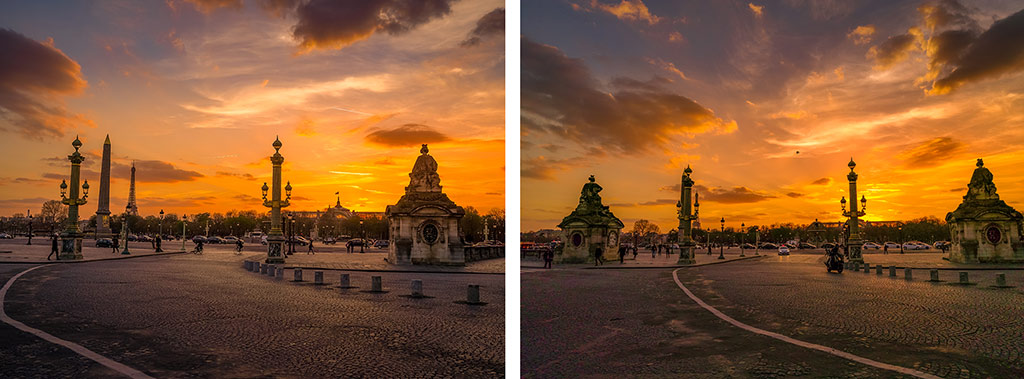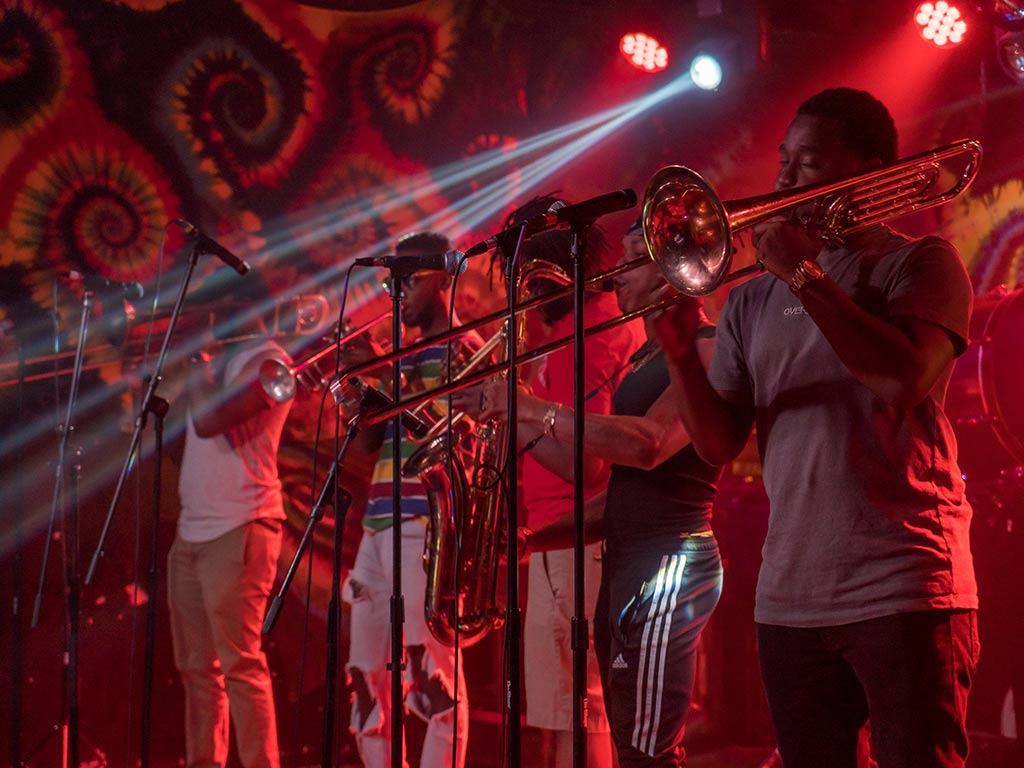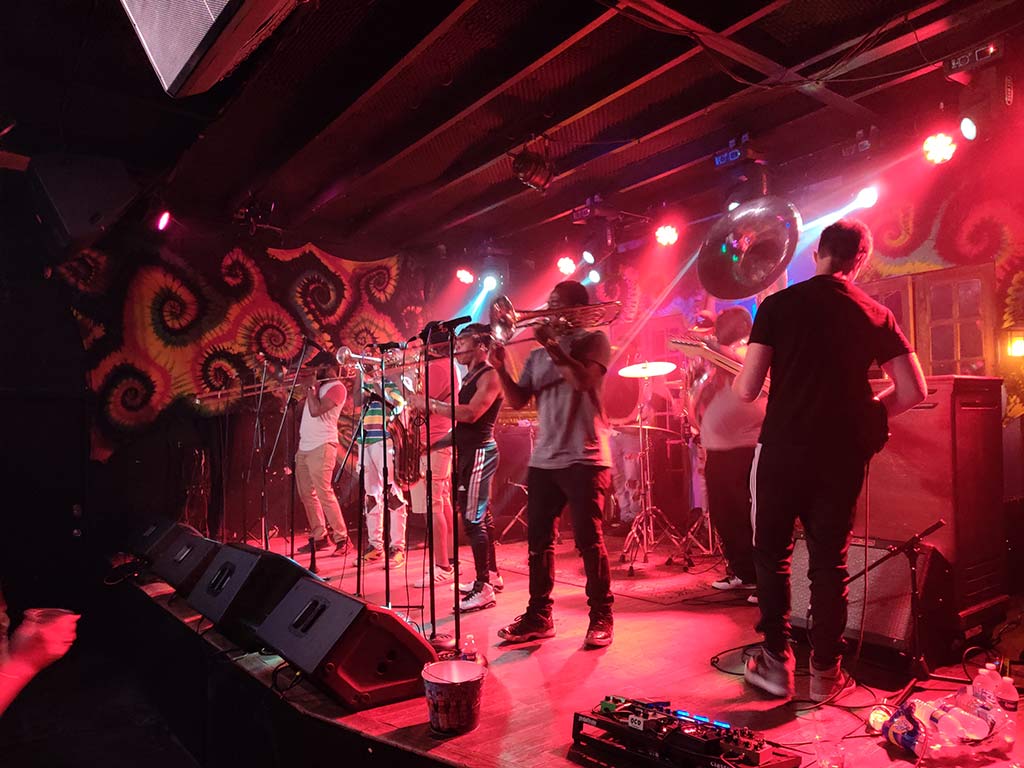
Mobile photography has taken some serious leaps forward over the last several years, but it’s hard to beat what a DSLR or mirrorless camera can do.
The devil is in the details, as the old adage says. While smartphone cameras are far more capable today than they were even three or four years ago, they’re the ones doing the catching up. DSLR and mirrorless cameras are dedicated to two things: shooting photos and video. They aren’t pocket-sized computers that need to focus on a variety of other functions.
But as I’ll explain, the reasons go deeper than that. From the hardware involved, to the sophistication of how a camera shoots, the quality differences are there when you look for them.
From sensor to lens
The two biggest hardware differences that make phones so distinct from cameras is the relative size of the image sensor and lens. The former isn’t obvious because it’s a spec on paper, whereas the latter is clear as day. Comparing the size of a DSLR lens to that of a phone is pointless on the face of it.
To make up the optical challenges, smartphone manufacturers and app developers utilize software to close the gap. For example, the Night Mode on Google Pixel phones uses a software process that snaps a range of photos at once in different exposures to come up with the illuminated end result. While some DSLR or mirrorless cameras have a dedicated night mode, it doesn’t work the same way. It simply lowers the shutter speed and raises the ISO to illuminate the scene. The problem is that it’s also highly susceptible to any movement, thus blurring the shot.
Because smartphones are almost always handheld when snapping pics, software also works to mitigate that shake. In that regard, a phone camera with top-class low-light performance, like the Huawei P30 Pro and Google Pixel 3, will be more convenient than doing a long exposure on a DSLR or mirrorless.
Despite the camera having the larger sensor, there are other factors at play. How ‘fast’ is the lens, meaning what is the lowest f/stop? If you’re shooting with an f/1.4 or f/2.8 lens (you will know by seeing what the lowest f/stop is on the lens itself), more light passes through the aperture to the sensor, making it easier to shoot in lower light.
Smartphone lenses are tiny by comparison, but a wider aperture always helps the cause. Still, without the HDR depth mapping, machine learning and interpolation handling the heavy lifting, night photos would look like they did 10 years ago—grey, washed out, noisy and lacking any detail.

Software vs. optics
The biggest difference, at least to me, is lens choice. You can switch to a different lens on a DSLR or mirrorless camera and change the optics completely. That’s not really an option on a phone. Yes, you can attach another lens to the existing one, but the base optics still apply.
A standard lens on a phone is usually a 24mm or 28mm equivalent in lens speak. In recent years, phone makers have added ultra-wide and telephoto lenses to meet demand for better range. They’re getting better, but shot-for-shot, they’re no match for a comparable lens. Dedicated macro or prime lenses can capture incredible detail at higher resolutions. Shooting action is easier on a DSLR or mirrorless because the shutter and lens will often be faster. Not to mention that the ergonomics of holding a camera are more conducive to it.
Cameras have the flexibility to shoot in any given situation, except there’s a learning curve. Phones feel more universal that way. Still, software can’t overcome every obstacle. Good examples are Huawei’s and Google’s night modes. They’re great at capturing tons of light in a dark scene, but the effect looks best on a static subject. Shoot something moving and you will get a blurry result.
That’s not to say it wouldn’t happen on a camera, it’s just that you have more resources at your disposal to adjust. From the start, the camera’s larger sensor helps pull in more light. After that, higher ISOs, particularly from 800-1600 aren’t as susceptible to noise as those levels would be on a phone. With more light coming in, you don’t have to go as low on shutter speed. You may not get a perfect shot, but you should come away with a better one than your phone captured.

Auto vs. manual
If you buy a DSLR or mirrorless camera and stick to the auto mode, you’re doing yourself a disservice. Don’t get me wrong, I know all those buttons and controls may seem overwhelming, but start small and big things will eventually happen.
For example, try out shutter priority (often noted as “S” on a camera dial) or aperture priority (“A”) as a stepping stone. With shutter priority, you only set the shutter speed and the camera handles the aperture. With aperture priority, it’s the opposite. Play around with ISO by sticking to a 200-800 range, either way. The goal is to begin learning how light sensitivity works, and the beauty of it is that you see the image lighten or darken onscreen as you adjust those settings.
In contrast, phones do these things on their own in auto mode. You just point, tap to focus and shoot. However, phones with manual or pro modes offer some control over those settings. Most times, you can adjust ISO, shutter and white balance, but not aperture (except for a few Samsung handsets, of which there are two stops). Nor can you adjust focus because you can’t pull a lens back or push it forward.
Well, you can to some degree on phones with a form of optical zoom, but it’s not how lenses work on cameras. I’ve long advocated for shooting in manual or pro on phones because you can better handle tougher lighting conditions that way.


Shooting in RAW
You can also shoot in RAW in those modes. RAW photography is great for removing all post-processing from the camera itself and putting it in your hands with the right software. Adobe Lightroom is the most popular, but other alternatives are available too.
Shooting in RAW with DSLR and mirrorless cameras, especially with good lenses, can lead to spectacular results. Utilizing a pro mode on a phone and shooting in RAW can do wonders too. With Lightroom and similar programs, you can fine tune the image through a variety of sliders. It’s not like slapping a filter onto an image, it’s about bringing out detail in it.
Programs dealing with RAW images do have a learning curve themselves, but it’s manageable with time and practice. Almost every single time, the results will surpass what the camera or phone produces. Different lenses give cameras an edge in that RAW photos can really show how good a camera or lens is. I see it all the time myself when shooting with the Sony A7 III and then processing shots in a RAW program after.
Your choice
I didn’t want to write this from the premise that a camera is always better than a phone. The physics and mechanics already make them very different from each other. Even for me, I always have a good phone camera handy as a complement to a DSLR or mirrorless camera. It’s easier to shoot video or send a quick snap to someone on a phone.
But if you care about photography and feel like you want to “graduate” to something better, a DSLR or mirrorless model is the logical step forward. They may have deep and complicated menus with a dizzying array of options, but learn in steps and your photo output only serves to improve.
Check out the latest DSLR and mirrorless cameras, along with the top smartphones equipped with the best cameras.



